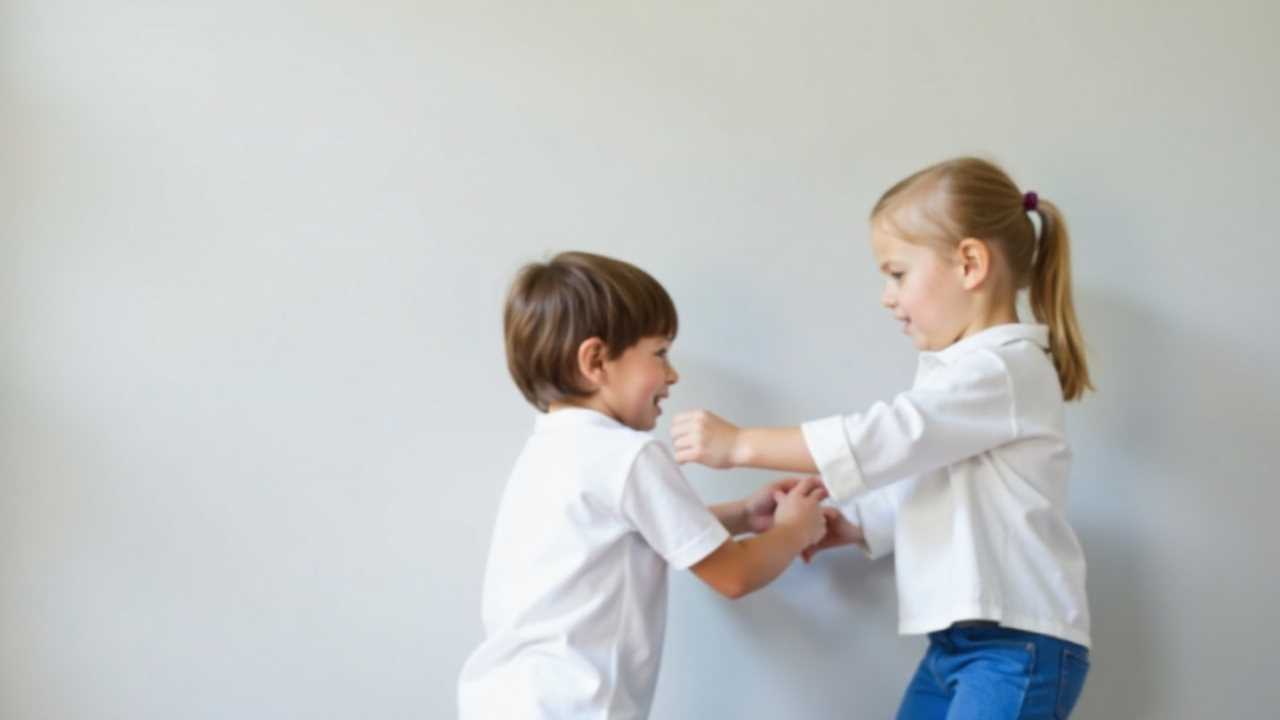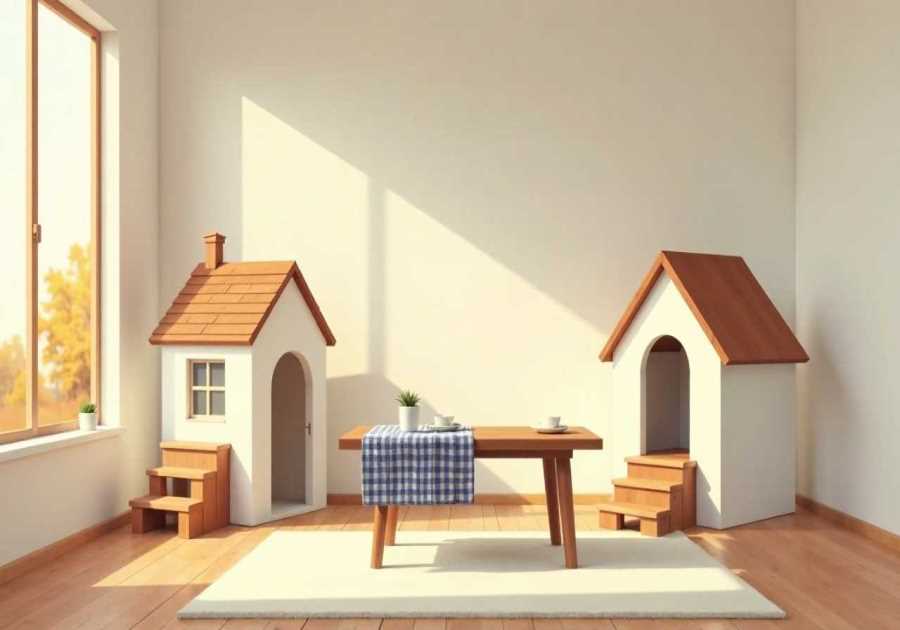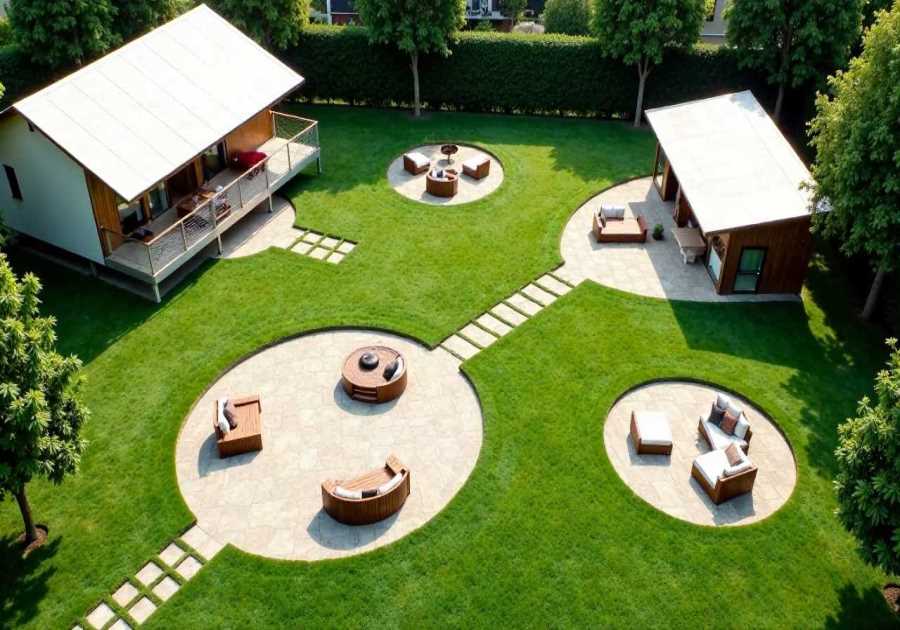
Understanding Minimalism in Parenting
Minimalism is not merely a trend; it is a lifestyle choice that can significantly impact our children's environments. By adopting minimalism, we create spaces that foster mindfulness and intentionality. This approach encourages us to focus on what truly matters, allowing our children to thrive in an organized and serene atmosphere. As parents, we have the opportunity to instill values of simplicity and intentionality through our choices in decluttering children's spaces.
The Importance of Decluttering Children's Spaces
Decluttering children's spaces is vital for several reasons. A cluttered environment can lead to feelings of overwhelm and distraction, making it difficult for children to focus on their activities. By prioritizing organization, we can create a sanctuary that promotes creativity and learning. When we declutter, we not only clear physical space but also mental space, allowing our children to engage more fully with their surroundings.
Strategies for Effective Decluttering
To effectively declutter children's spaces, we must adopt a systematic approach. Here are some strategies to consider:
1. Assess the Current Situation: Begin by evaluating the existing state of your child's space. Identify items that are frequently used versus those that are rarely touched. This assessment will guide your decluttering efforts.
2. Set Clear Goals: Establish specific goals for each space. Whether it's a playroom, bedroom, or study area, having a clear vision will help maintain focus during the decluttering process.
3. Involve Your Children: Encourage your children to participate in the decluttering process. This involvement not only teaches them the value of organization but also allows them to make decisions about their belongings.
4. Create a Sorting System: Develop a sorting system that categorizes items into keep, donate, and discard. This method simplifies the decision-making process and ensures that only meaningful items remain.
5. Implement Space-Saving Solutions: Utilize space-saving furniture and storage solutions to maximize available space. Consider multi-functional items that serve more than one purpose, such as storage ottomans or wall-mounted shelves.
Fostering Mindfulness Through Minimalism
Mindfulness is a key component of minimalism. By creating a decluttered space, we encourage our children to engage mindfully with their environment. Mindful play, for instance, allows children to focus on one activity at a time, enhancing their creativity and problem-solving skills. By reducing distractions, we help them develop a deeper connection with their toys and learning materials.
Intentionality in Choosing Belongings
Intentionality is at the heart of minimalism. As we declutter, we must be deliberate in our choices about what to keep and what to let go. Encourage your children to think critically about their belongings. Ask them questions such as, "Does this toy bring you joy?" or "How often do you play with this item?" These questions promote thoughtful decision-making and help children understand the value of their possessions.
Creating a Simple and Organized Environment
A simple and organized environment is essential for fostering creativity and learning. Here are some tips to maintain simplicity in your child's space:
1. Limit the Number of Toys: A smaller selection of toys encourages children to engage more deeply with each item. Rotate toys regularly to keep their interest alive without overwhelming them.
2. Establish Zones: Designate specific areas for different activities, such as reading, crafting, or playing. This organization helps children understand where to find and return items, promoting responsibility.
3. Use Clear Storage Solutions: Clear bins and labeled containers make it easy for children to see and access their belongings. This transparency encourages them to take ownership of their space.
Encouraging Lifelong Habits
By embracing minimalism and mindfulness in our approach to decluttering children's spaces, we are not only improving their immediate environment but also instilling lifelong habits. As children learn to value simplicity and organization, they develop skills that will serve them well into adulthood. These habits foster resilience, creativity, and a sense of responsibility.
The Path to a Mindful, Organized Life
Incorporating minimalism into our parenting practices allows us to create nurturing environments for our children. By focusing on decluttering children's spaces, we promote mindfulness, intentionality, and simplicity. As we guide our children in their journey toward an organized life, we empower them to appreciate the beauty of a clutter-free existence. Together, we can cultivate spaces that inspire creativity, learning, and joy.






